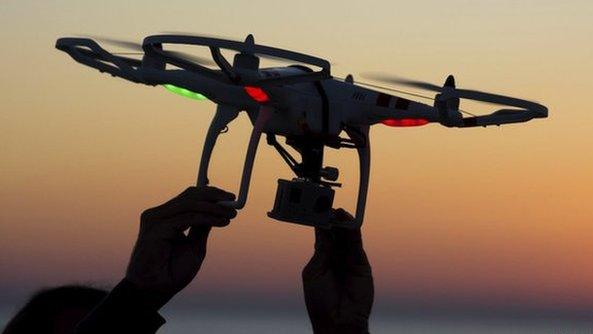Drone pilots warned after close call with passenger jet
- Published
Drone users have been warned they could face prison if they disobey rules on safe use, as Rory Cellan-Jones reports
A "near miss" between a passenger jet and a drone has prompted warnings about safe use of the hobby aircraft.
An Airbus A320's wing passed 6m (20ft) below a drone hovering at Heathrow, said the Civil Aviation Authority.
It said drone pilots would face prosecution if they put the safety of other aircraft at risk.
News about the mid-air encounter comes only days after a Lufthansa jet nearly collided with a drone on the approach to Warsaw's international airport.
Prison terms
The CAA said it had recorded six other incidents between May 2014 and March 2015 at airports around the UK in which drones and piloted craft almost collided.
"Drone users must understand that when taking to the skies they are entering one of the busiest areas of airspace in the world," said Tim Johnson, director of policy at the CAA, in a statement.
Drone owners must be aware of the rules and regulations surrounding the flying of their craft, he said.
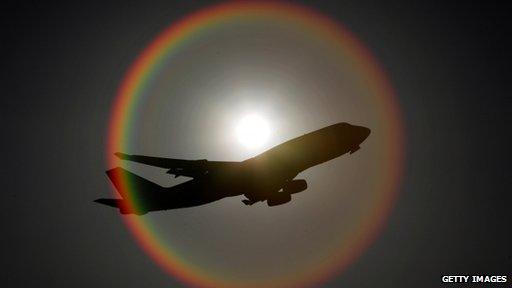
Six "near misses" between drones and piloted aircraft have been recorded by the CAA
Recklessly endangering an aircraft is a criminal offence, said Mr Johnson, and those convicted could face a five-year jail sentence.
The authority has issued a set of safety guidelines which, it said, should help ensure drone flights do not impinge on other aircraft.
The "dronecode" says recreational drone owners should always keep their craft within their line of sight, about 500m (1,640ft), and must not fly higher than 122m. In some of the near-collisions, drones were flying at heights of about 2,000ft, it said.
The code also says that drones carrying cameras must stay at least 50m away from people, vehicles and structures and must not approach a large group of people closer than 150m.
It urged owners to exercise common sense when flying their craft and to avoid the congested airspace around airports.
"Drone operators need to put safety at the forefront of their minds when flying though, and ensure there is no conflict with commercial manned traffic," said Stephen Landells from the British Airline Pilots Association.
- Published23 July 2015
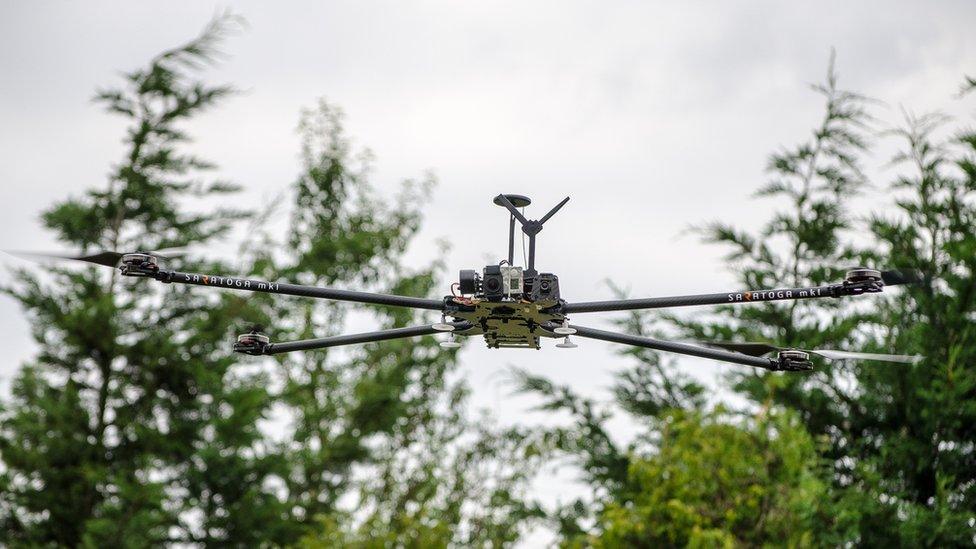
- Published21 July 2015
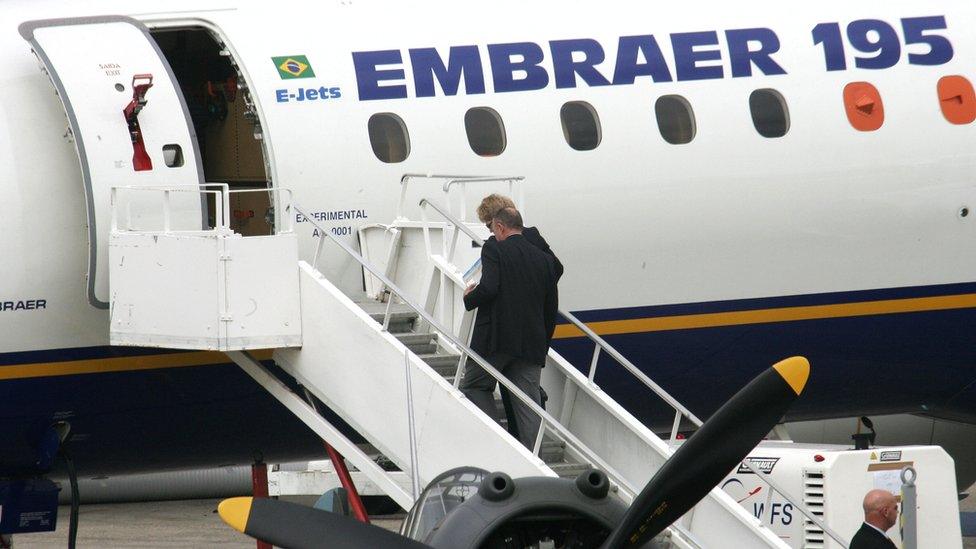
- Published1 July 2015

- Published9 December 2014
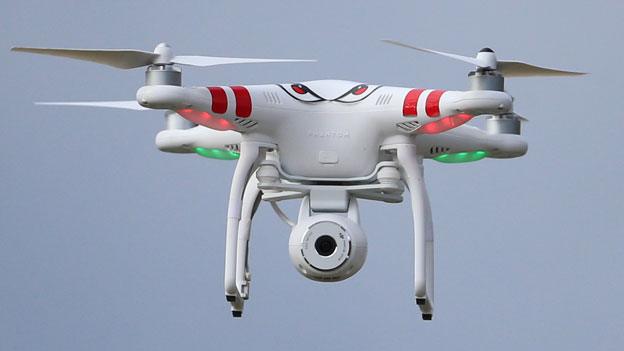
- Published29 June 2015
